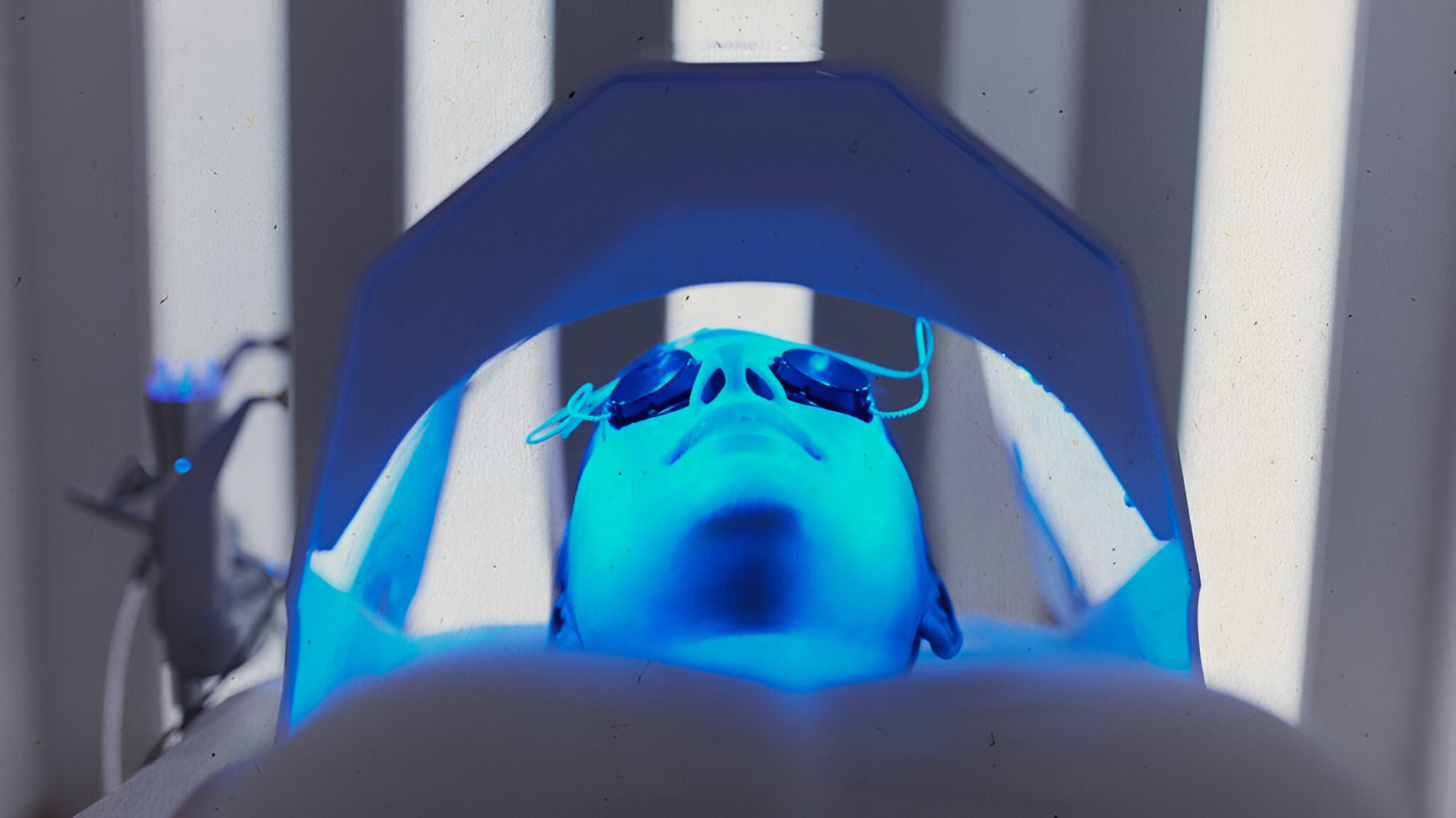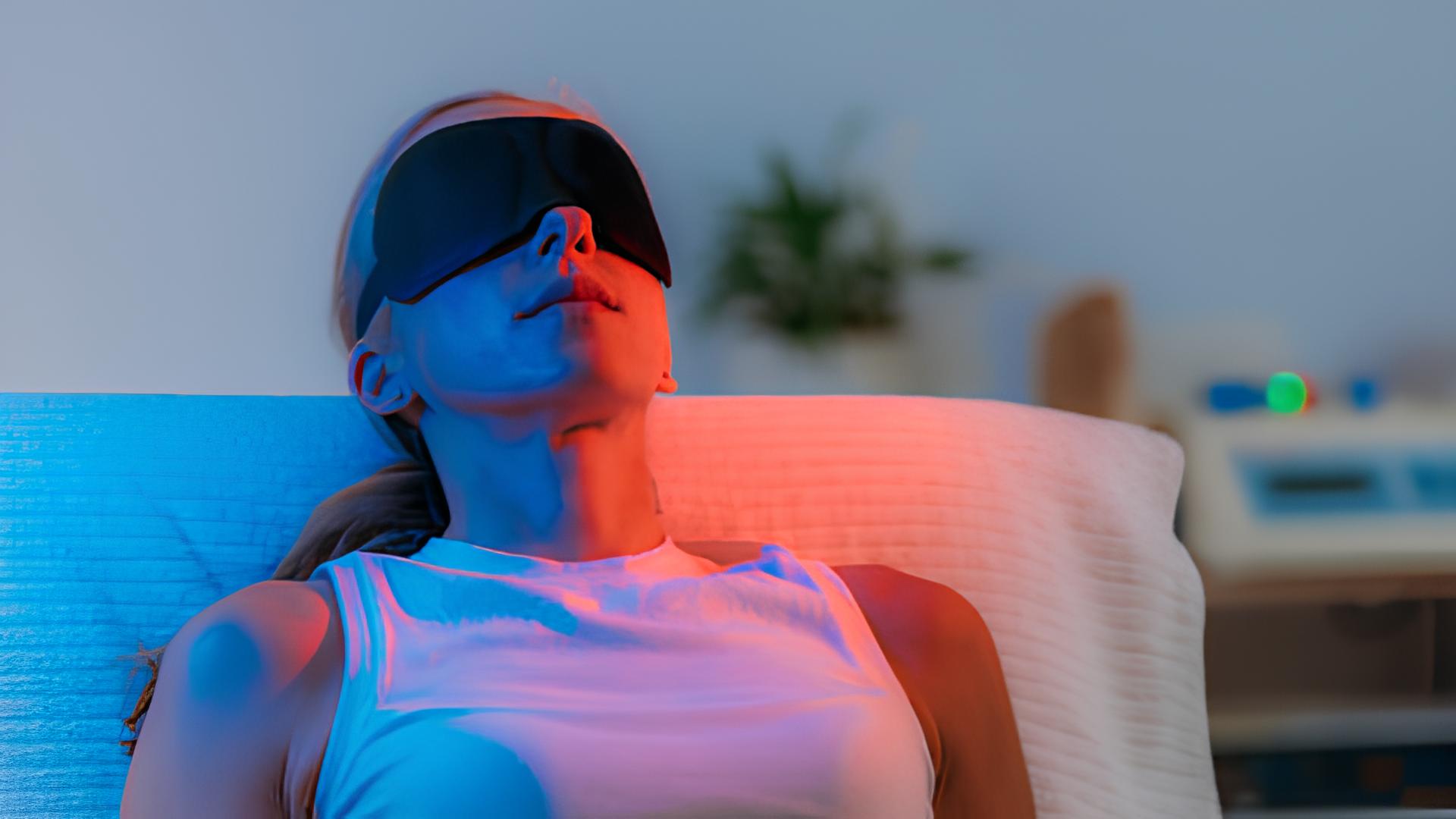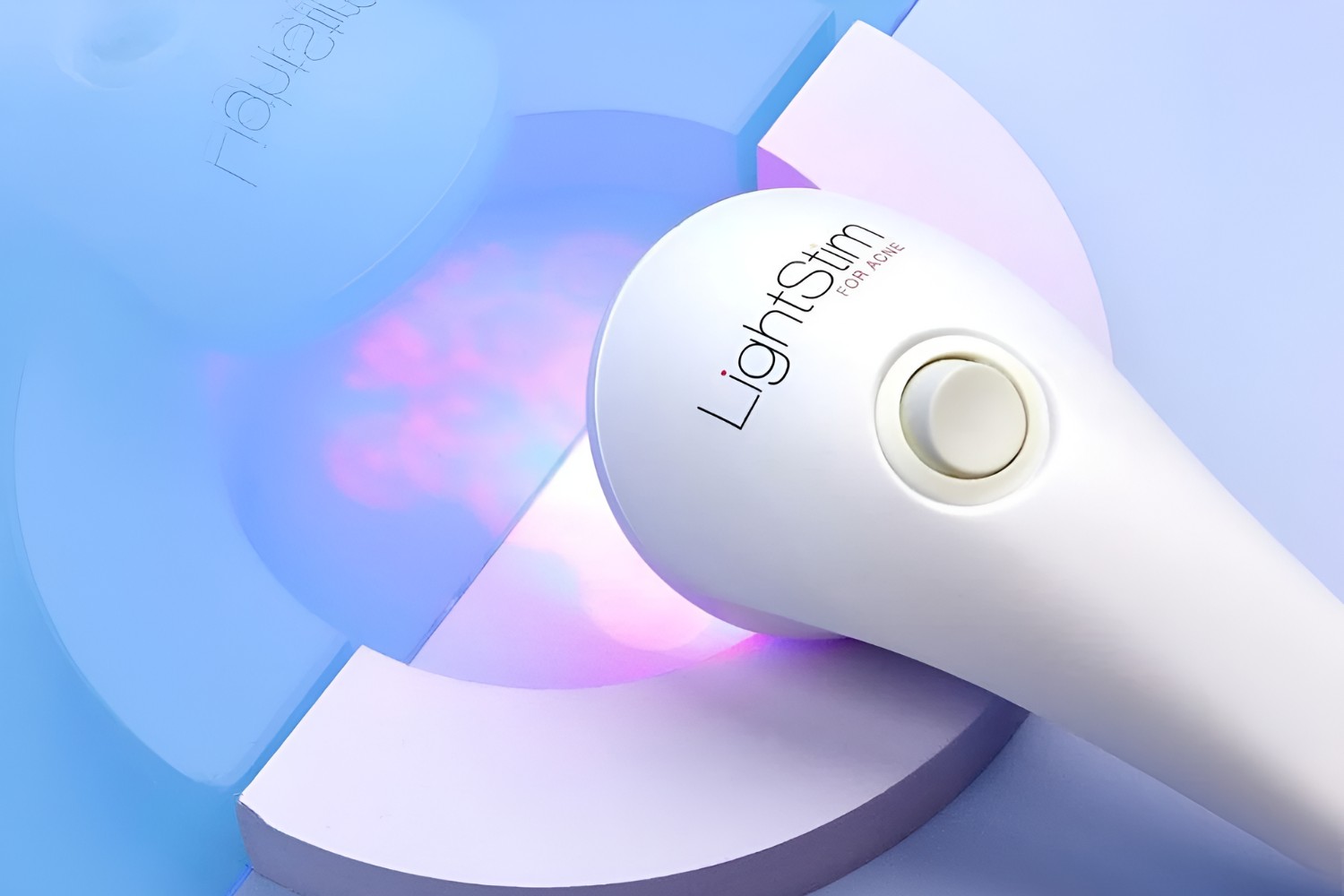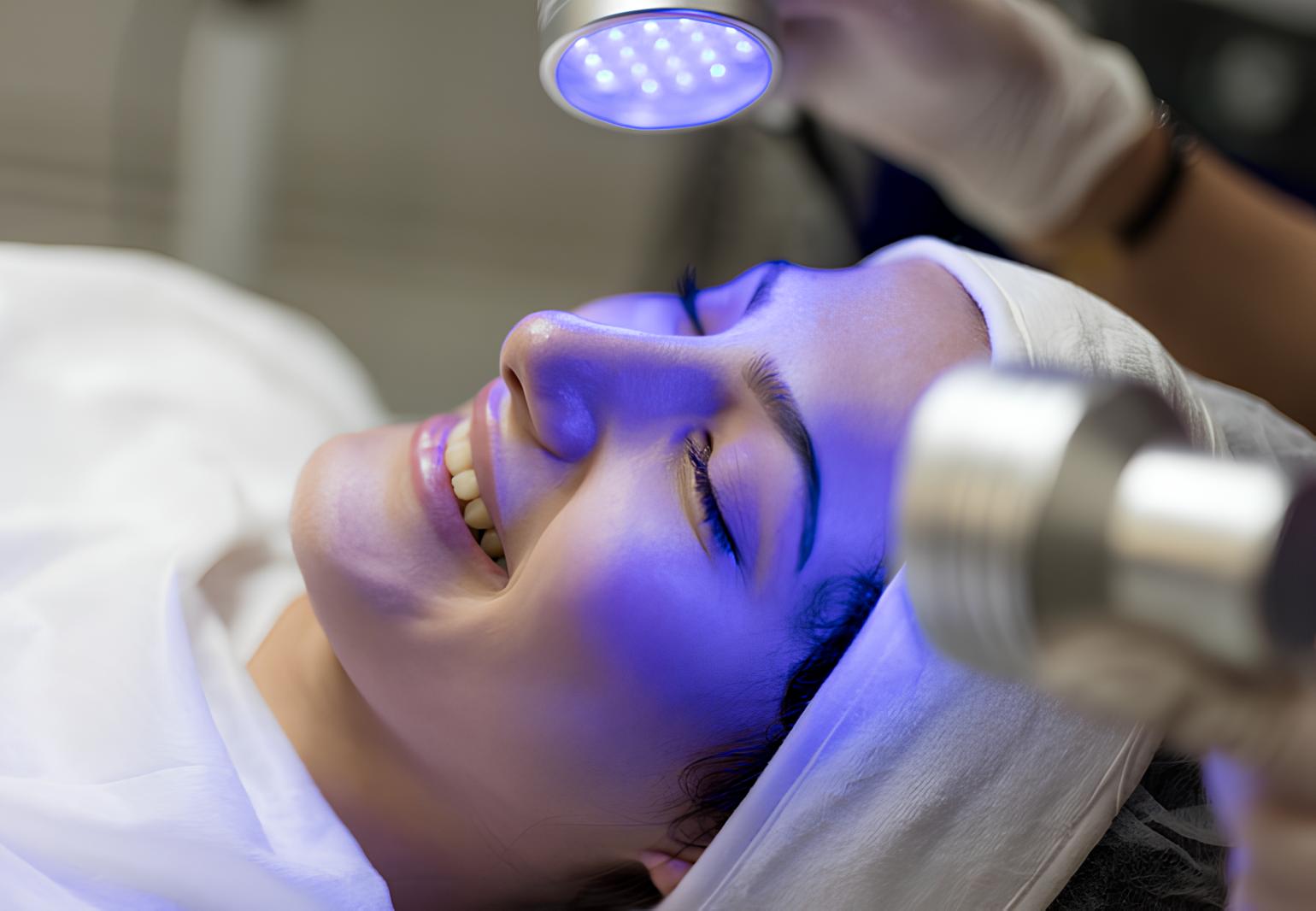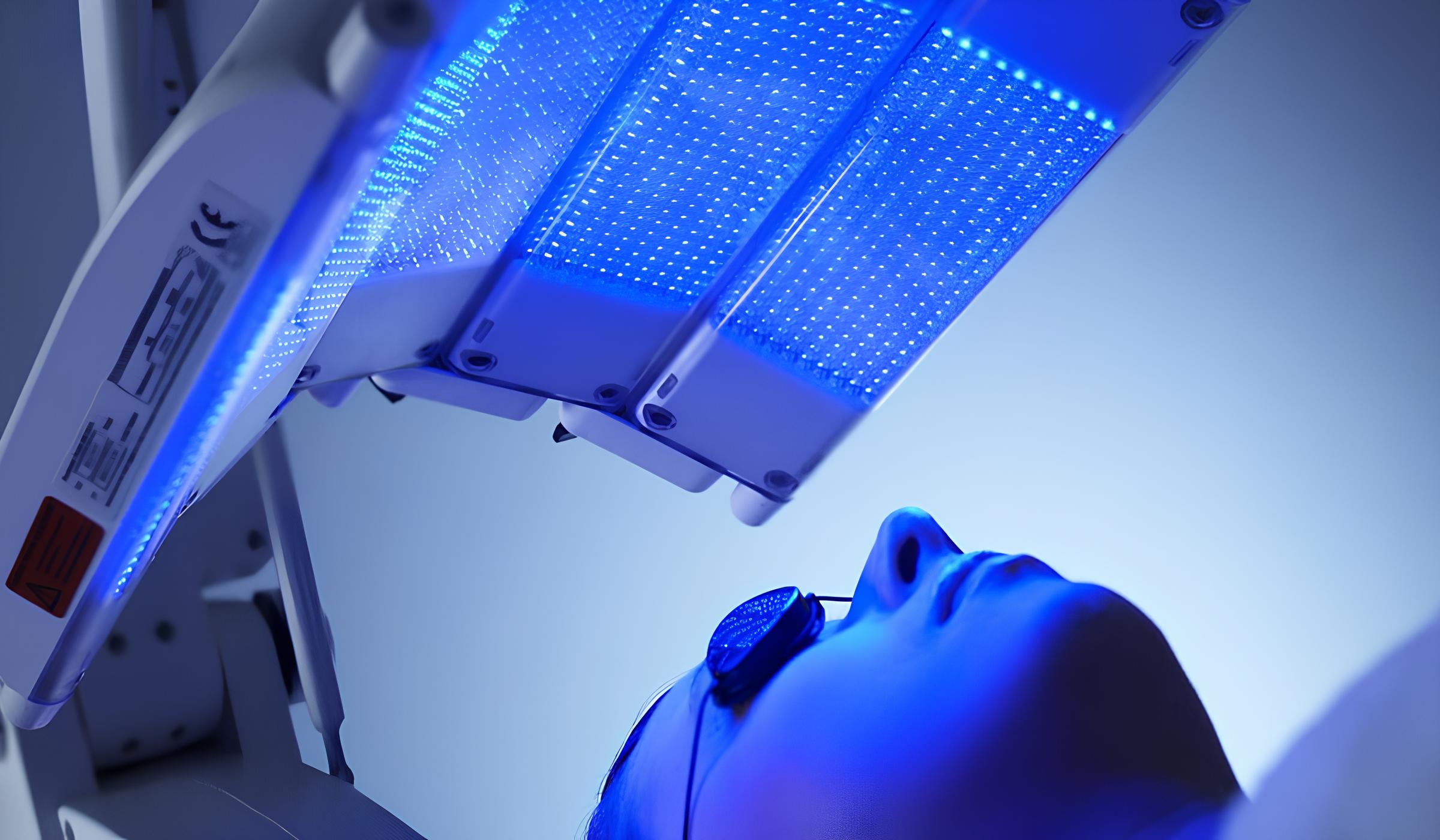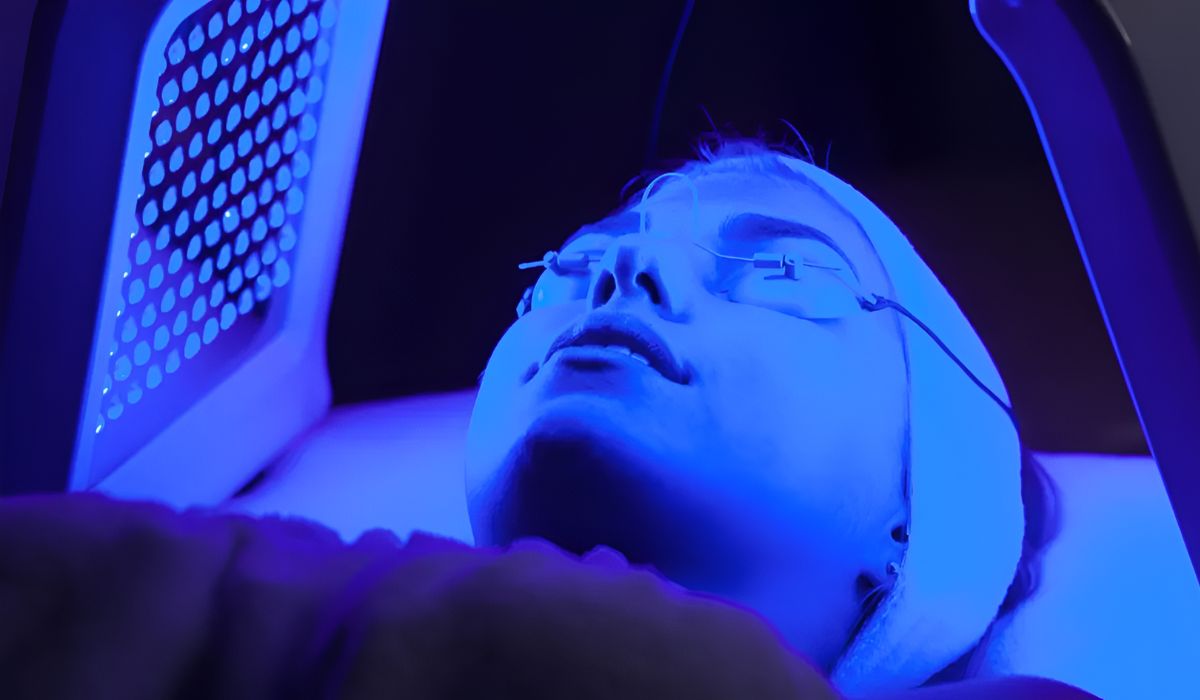Introduction
Blue light therapy has emerged as a revolutionary approach to address a wide range of health conditions and issues. This innovative therapy harnesses the power of blue light, a natural component of sunlight, to deliver therapeutic benefits that have captured the attention of both medical professionals and individuals seeking alternative treatment options.
The use of blue light therapy has gained traction in recent years, drawing interest from researchers and practitioners across various medical disciplines. Its non-invasive nature and minimal side effects make it an appealing option for those seeking alternative or complementary treatments.
As we delve deeper into the realm of blue light therapy, it becomes evident that its applications extend beyond traditional medical practices. From dermatology to mental health, the potential of blue light therapy to alleviate symptoms and improve overall well-being is a testament to its versatility and efficacy.
In the following sections, we will explore the fundamental principles of blue light therapy, the diverse range of conditions it can address, and the underlying issues that can be effectively targeted through this innovative approach. By shedding light on the therapeutic benefits of blue light therapy, we aim to provide valuable insights into its potential to enhance health and quality of life.
Understanding Blue Light Therapy
Blue light therapy, also known as photodynamic therapy, is a non-invasive treatment that utilizes specific wavelengths of light to address various health conditions. This therapeutic approach has gained recognition for its ability to target specific cells and tissues, offering a range of benefits across different medical domains.
The mechanism of blue light therapy revolves around the interaction of light with photosensitizing agents, which are substances that become activated upon exposure to light. When these agents are absorbed by targeted cells or tissues and subsequently exposed to blue light, a photochemical reaction occurs, leading to the destruction of abnormal cells or the modulation of biological processes.
One of the key applications of blue light therapy is in dermatology, where it is used to treat skin conditions such as acne, psoriasis, and actinic keratosis. The antimicrobial properties of blue light make it effective in combating the bacteria associated with acne, while its anti-inflammatory effects contribute to the reduction of redness and swelling. In the case of psoriasis, blue light therapy helps to slow down the rapid growth of skin cells, thereby alleviating the symptoms of this chronic autoimmune condition.
Beyond dermatology, blue light therapy has shown promise in addressing mental health issues such as seasonal affective disorder (SAD) and certain sleep disorders. Exposure to blue light has been linked to the regulation of circadian rhythms and the production of serotonin, a neurotransmitter associated with mood regulation. As a result, incorporating blue light therapy into the treatment of SAD can help mitigate symptoms of depression and improve overall well-being. Additionally, the use of blue light to simulate natural daylight can aid in managing sleep disorders by regulating the body's internal clock and promoting wakefulness during the day.
Furthermore, the potential of blue light therapy extends to the field of ophthalmology, where it is utilized in the treatment of certain retinal conditions. By targeting specific wavelengths of light, this therapy can help manage retinal degenerative diseases and macular degeneration, offering a non-invasive approach to preserving visual function and mitigating the progression of these conditions.
In essence, the versatility of blue light therapy stems from its targeted approach and the diverse range of conditions it can effectively address. As ongoing research continues to unveil new applications and refine existing protocols, the potential of blue light therapy to enhance health outcomes across various medical disciplines remains a compelling area of exploration and innovation.
Conditions Addressed by Blue Light Therapy
Blue light therapy has demonstrated remarkable efficacy in addressing a diverse array of health conditions across multiple medical domains. Its targeted approach and non-invasive nature make it a compelling option for individuals seeking alternative or complementary treatments. The following are some of the key conditions that have been effectively addressed by blue light therapy:
Dermatological Conditions:
Blue light therapy has emerged as a game-changing approach in dermatology, offering effective treatment for conditions such as acne, psoriasis, and actinic keratosis. In the case of acne, the antimicrobial properties of blue light help combat the bacteria associated with this common skin condition, leading to a reduction in acne lesions and inflammation. Moreover, the non-invasive nature of blue light therapy makes it an appealing option for individuals seeking alternatives to traditional acne treatments, such as topical medications or oral antibiotics.
For individuals dealing with psoriasis, blue light therapy offers a promising solution by slowing down the rapid growth of skin cells, thereby reducing the characteristic red, scaly patches associated with this chronic autoimmune condition. Additionally, blue light therapy has shown efficacy in addressing actinic keratosis, a precancerous skin condition caused by prolonged sun exposure. By targeting and eliminating abnormal cells, blue light therapy provides a non-invasive approach to managing this dermatological concern.
Mental Health Conditions:
The therapeutic potential of blue light extends to mental health, particularly in addressing seasonal affective disorder (SAD) and certain sleep disorders. Exposure to blue light has been linked to the regulation of circadian rhythms and the production of serotonin, a neurotransmitter associated with mood regulation. By incorporating blue light therapy into the treatment of SAD, individuals can experience relief from symptoms of depression and improved overall well-being. Moreover, the use of blue light to simulate natural daylight can aid in managing sleep disorders by regulating the body's internal clock and promoting wakefulness during the day.
Ophthalmic Conditions:
In the field of ophthalmology, blue light therapy has garnered attention for its potential in managing certain retinal conditions, including retinal degenerative diseases and macular degeneration. By targeting specific wavelengths of light, this therapy offers a non-invasive approach to preserving visual function and mitigating the progression of these conditions. The ability of blue light therapy to modulate biological processes within the retina underscores its significance as a potential adjunctive treatment for individuals dealing with retinal health concerns.
In summary, the diverse range of conditions effectively addressed by blue light therapy underscores its versatility and potential to enhance health outcomes across various medical disciplines. As ongoing research continues to expand the horizons of this innovative therapeutic approach, the role of blue light therapy in promoting well-being and addressing a spectrum of health conditions remains an area of active exploration and advancement.
Issues Addressed by Blue Light Therapy
Blue light therapy has emerged as a versatile and effective approach to addressing a spectrum of health issues, extending its therapeutic benefits across various medical domains. The targeted nature of this therapy, coupled with its non-invasive characteristics, makes it a compelling option for individuals seeking alternative or complementary treatments. The following are some of the key issues that have been effectively targeted and addressed by blue light therapy:
Skin Health and Rejuvenation:
Blue light therapy has garnered attention for its ability to address skin-related issues beyond dermatological conditions. In the realm of skincare and aesthetics, this therapy has been utilized to promote skin rejuvenation, targeting concerns such as fine lines, wrinkles, and uneven skin texture. By stimulating collagen production and enhancing skin elasticity, blue light therapy offers a non-invasive approach to improving overall skin health and combating signs of aging. Moreover, its anti-inflammatory properties contribute to the reduction of redness and irritation, making it a valuable tool in the realm of skincare and dermatological aesthetics.
Wound Healing and Tissue Repair:
The therapeutic potential of blue light extends to the realm of wound healing and tissue repair. By leveraging specific wavelengths of light, this therapy has shown promise in accelerating the healing process of various types of wounds, including surgical incisions, ulcers, and minor injuries. The targeted application of blue light can stimulate cellular activity and promote the formation of new blood vessels, facilitating the efficient repair of damaged tissues. Additionally, the antimicrobial properties of blue light contribute to the prevention of infection, further enhancing its role in promoting optimal wound healing and tissue regeneration.
Mood Regulation and Mental Well-being:
In addition to addressing specific mental health conditions, blue light therapy plays a significant role in mood regulation and overall mental well-being. Exposure to blue light has been linked to the stimulation of serotonin production, a neurotransmitter associated with mood elevation and emotional balance. As a result, incorporating blue light therapy into daily routines can contribute to improved mood, enhanced mental clarity, and a sense of well-being. This aspect of blue light therapy underscores its potential as a holistic approach to supporting mental health and emotional equilibrium, transcending the treatment of specific disorders to promote overall psychological wellness.
Circadian Rhythm Disruptions and Shift Work Challenges:
Individuals facing disruptions in their circadian rhythms, such as those caused by shift work or irregular sleep patterns, can benefit from the application of blue light therapy. By simulating the effects of natural daylight, this therapy aids in regulating the body's internal clock, promoting wakefulness and alertness during periods of shift work or jet lag. Moreover, the strategic use of blue light can mitigate the adverse effects of irregular sleep schedules, helping individuals maintain a balanced circadian rhythm and improve overall sleep quality.
In essence, the therapeutic scope of blue light therapy extends beyond conventional medical conditions, encompassing a range of issues related to skin health, wound healing, mood regulation, and circadian rhythm disruptions. Its targeted approach and multifaceted benefits position blue light therapy as a valuable tool in promoting holistic well-being and addressing a spectrum of health issues across diverse populations. As ongoing research continues to unveil new applications and refine existing protocols, the role of blue light therapy in enhancing health outcomes and quality of life remains an area of active exploration and advancement.
Conclusion
In conclusion, the therapeutic potential of blue light therapy transcends traditional medical boundaries, offering a multifaceted approach to addressing a diverse array of health conditions and issues. From its efficacy in managing dermatological concerns such as acne and psoriasis to its role in promoting mental well-being and supporting circadian rhythm regulation, blue light therapy stands as a testament to innovation and versatility in the realm of healthcare.
The targeted nature of blue light therapy, coupled with its non-invasive characteristics, positions it as a compelling option for individuals seeking alternative or complementary treatments. Its applications extend beyond conventional medical conditions, encompassing areas such as skin health and rejuvenation, wound healing and tissue repair, mood regulation, and circadian rhythm disruptions. This broad scope underscores the potential of blue light therapy to enhance holistic well-being and address a spectrum of health issues across diverse populations.
As ongoing research continues to unveil new applications and refine existing protocols, the role of blue light therapy in promoting optimal health outcomes and improving quality of life remains an area of active exploration and advancement. The evolving landscape of blue light therapy presents opportunities for collaboration between medical professionals, researchers, and individuals seeking innovative approaches to health and wellness.
In essence, the therapeutic benefits of blue light therapy are poised to make a lasting impact on the future of healthcare, offering a beacon of hope for those navigating various health conditions and seeking holistic solutions. With its ability to harness the power of light for targeted healing and well-being enhancement, blue light therapy stands as a shining example of the potential for innovation to transform the landscape of healthcare and improve lives.
As we continue to illuminate the path toward enhanced well-being and medical innovation, the potential of blue light therapy to address conditions and issues across multiple domains remains a source of inspiration and promise. Through ongoing exploration and collaboration, the transformative power of blue light therapy is poised to shape the future of healthcare, offering new horizons for healing, wellness, and vitality.
In the ever-evolving tapestry of healthcare, blue light therapy shines as a beacon of hope, illuminating the way toward a future where targeted healing and holistic well-being converge to create a brighter, healthier world for all.







